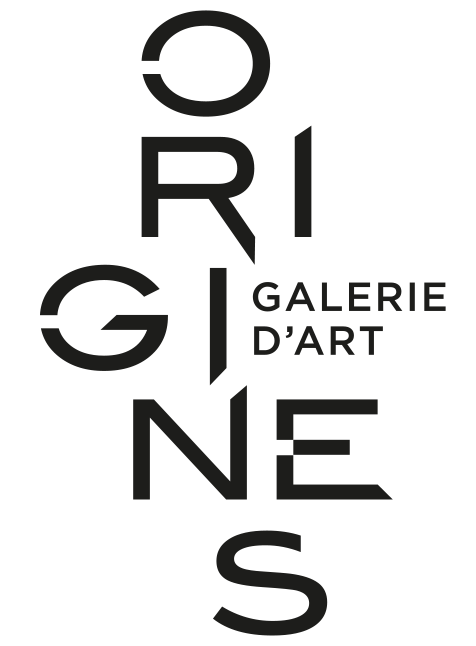RECIPON Georges
RECIPON Georges
Georges Récipon, a French painter and sculptor, was born in Paris on January 17, 1860, and passed away in Saint-Cloud on May 2, 1920. The son of the goldsmith Paul Édouard Récipon, he collaborated with his father before enrolling at the École des beaux-arts de Paris, where he studied under the guidance of Auguste Dumont and Gabriel-Jules Thomas.
Récipon gained recognition at the Salon of 1879 and became a member in 1888. He also participated in the Universal Expositions of 1889, 1890, and 1900. Primarily acknowledged as a sculptor, he is famous for works such as the quadrigas crowning the doors of the Grand Palais and the Nymphs on the key of the Pont Alexandre-III in Paris.
He won several awards, including the first Jouvain d'Allainville prize in painting (1882) and the first second grand prize of Rome in sculpture with "The Return of the Prodigal Son" (1889). As a member of the Société des artistes français, Récipon also contributed to various artistic publications, illustrating works for different publishers.
His talent, both powerful and graceful, was praised by critics and the public alike. His extensive body of work in both painting and sculpture reflects his spontaneity and artistic exuberance. Among his notable pieces are the two hammered copper corner quadrigas for the Grand Palais, particularly "Immortality Leading Time" and "Harmony Dominating Discord" (1900).
Georges Récipon also created equestrian sculptures, busts, and various art objects, showcasing his artistic diversity. His contribution to the French art scene, characterized by the beauty of his compositions and the richness of his expression, remains engraved in art history.
He also collaborated with numerous artists, such as Émile Muller, for ceramic works.

